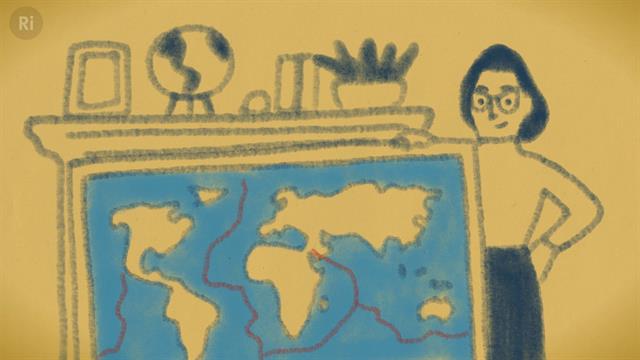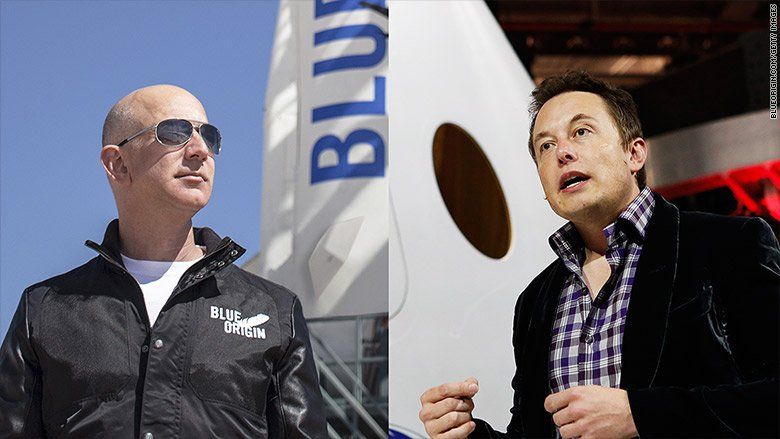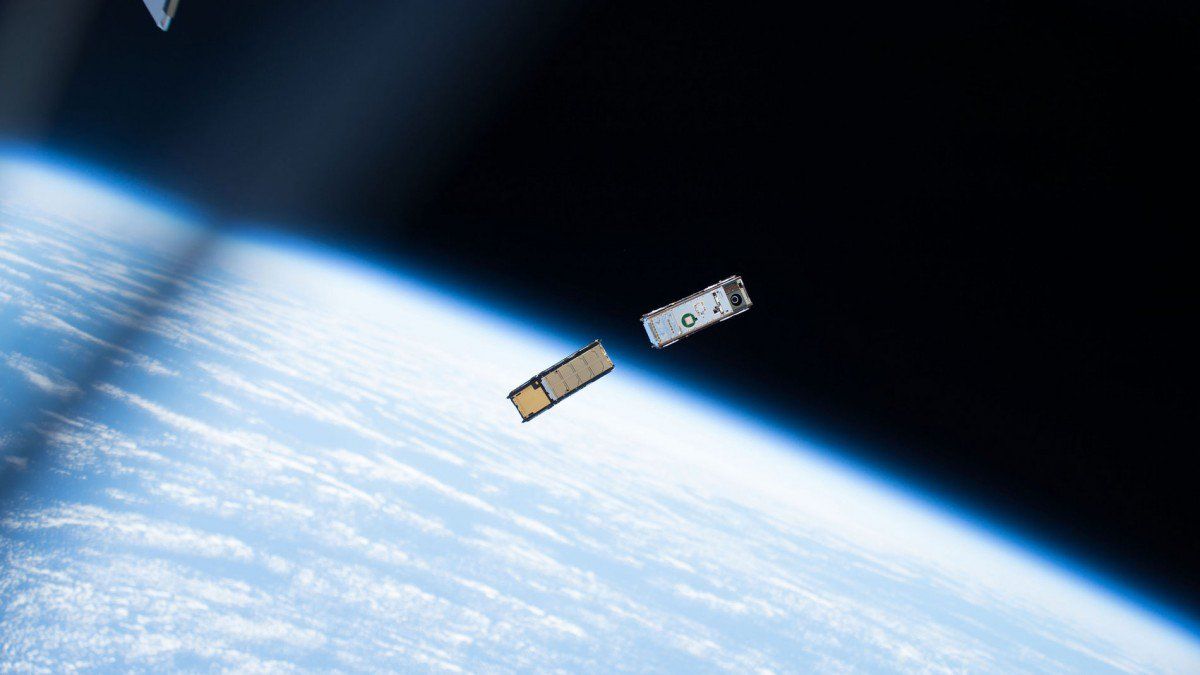This animation by Rosanna Wan for the Royal Institution tells the fascinating story of Marie Tharp’s groundbreaking work to help prove Wegener’s theory.
The Short Film Showcase spotlights exceptional short videos created by filmmakers from around the web and selected by National Geographic editors. We look for work that affirms National Geographic’s belief in the power of science, exploration, and storytelling to change the world. The filmmakers created the content presented, and the opinions expressed are their own, not those of National Geographic Partners.
Know of a great short film that should be part of our Showcase? Email [email protected] to submit a video for consideration. See more from National Geographic’s Short Film Showcase at documentary.com









